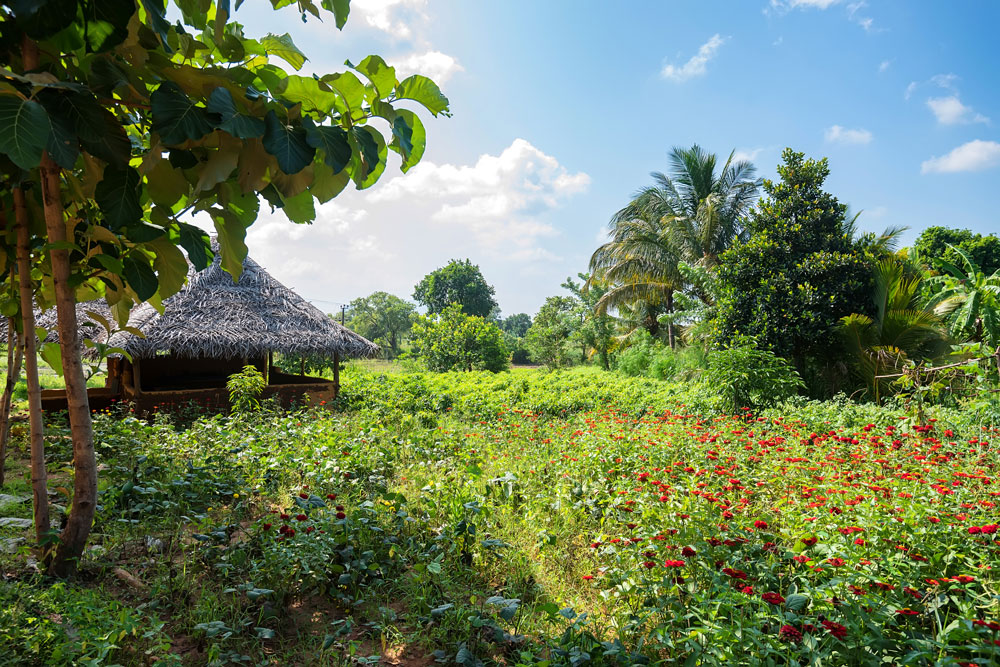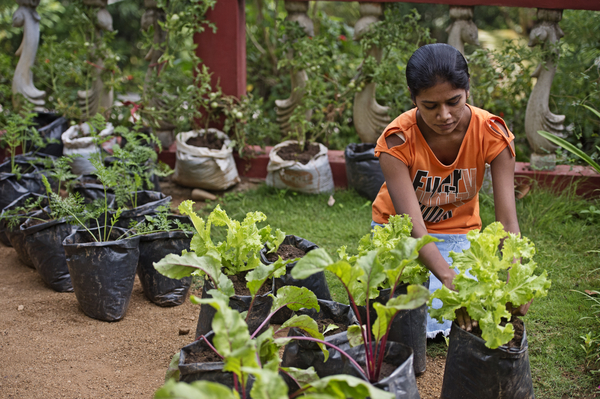Growing trees and crops on the same land for many purposes, an agricultural technique called agroforestry, has gained a lot of traction. The method promises to restrain the effects of the climate change, nurture nature’s life support systems and shield the poorest and the most vulnerable people from food shortages.
Some countries, like Sri Lanka, have already started betting on agroforestry, seeking to build up food security and resilience. Fortunately, many Sri Lankan families already have homegardens, a traditional type of agroforestry mostly used for production of food crops for the gardeners and their families. So, the government decided to give an extra push to this age-old practice.
For instance, the National Food Production Programme 2016-2018 had a strong focus on local food production and encouraged people to grow vegetables and trees in their backyards. Homegardens also feature in Sri Lanka’s National Adaptation Plan for Climate Change, NAP for 2016–2025, are indirectly referenced in the country’s Intended Nationally Determined Contributions, INDCs and have a prominent role in climate mitigation goals under the UN REDD programme of the South Asian island nation.
But can homegardens remedy food insecurity? And is this agricultural technique a feasible and effective way to deliver on all of its climate and resilience promises? Appears, that the scientific knowledge base for the policies on homegardens is rather thin, according to the recent review paper by Eskil Mattson (Chalmers University of Technology), Madeleine Ostwald (Göteborg Center for Sustainable Development, GMV) and Sarath P. Nissanka (University of Peradeniya) published in the journal of Agroforestry Systems and presented at the Fourth World Congress on Agroforestry.
That said, the authors find that, in line with the rumors and rhetoric, homegardens in Sri Lanka do offer food security in dire times by providing multiple benefits and services, particularly for the poorer land users. In fact, according to the review, farmers who have homegardens tend to have better nutrition, and one study from the Batticaloa district reports that most of the people who have multi-layered homegardens with a mixture of annual and perennial crops are considered entirely food secure.
In general, the review also confirms the climate benefits of homegardens, indicating that this type of land use promotes high soil biota diversity, contributes to healthy ecosystems and has medium to high carbon storage ability, both under and above the ground.

